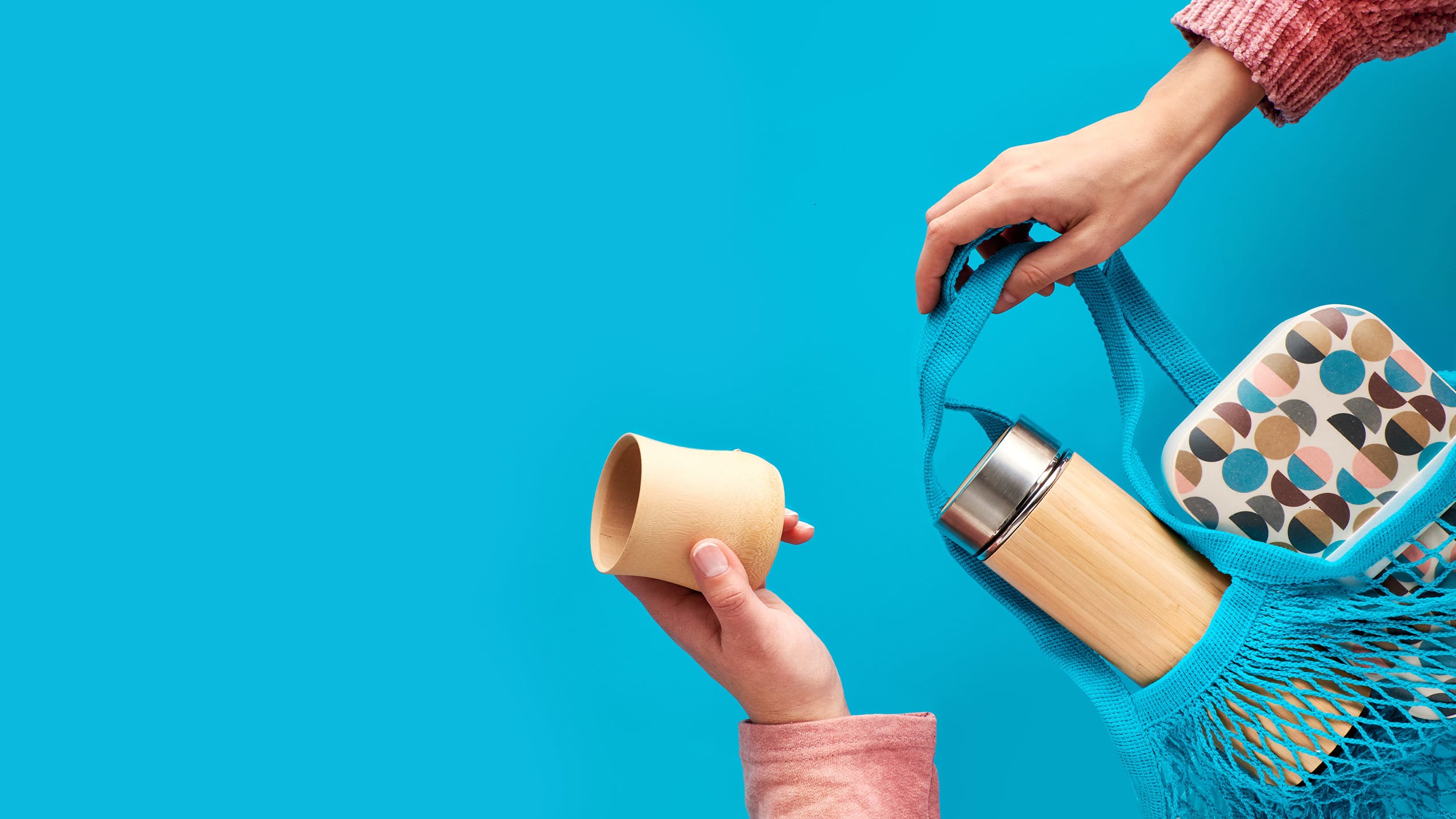5 Rs? Wasn’t it only 3?
Reduce, Reuse, Recycle. You must have heard about these three magical words. What if we told you it is possible to add two more variables to this equation?Do not worry, the only math you will have to use is withdrawing what you don’t need. It’s time to Refuse and Rethink.
The new recycling hierarchy expands the 3 Rs you previously knew. Nowadays we need to Refuse, Reduce, Reuse, Rethink and Recycle: some simple steps that can be used in many, many moments in our lives. Don’t forget: everything you buy already had an impact on the environment even before it got to your hands and will have another one when its purpose is fulfilled.
There are very simple ways to incorporate the 5 Rs in your daily life. Starting with small changes at first, the effort you put on towards a more sustainable life will only become lighter. For example, if you bring less plastic to your household, you’ll have less plastic to sort and recycle.
These ideas allow you to both reduce the environmental impact of your actions and minimize the buying of new products, thus reducing your overall waste. Let’s get on.
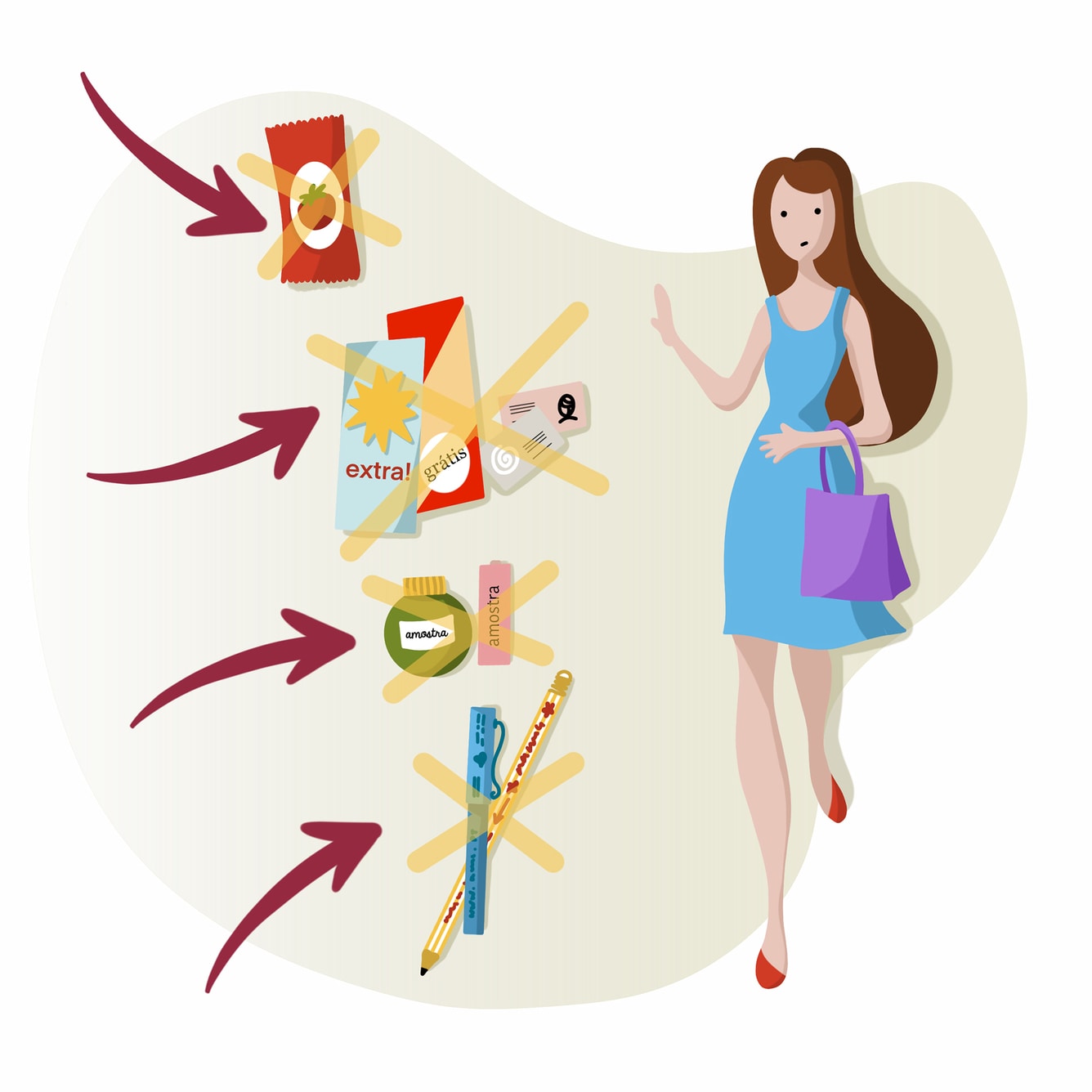
-
Refusing starts outside
You don’t have to pay for absolutely everything you get, but freebies or gifts do have an environmental cost. Be it a pamphlet you are given on the street, disposable cutlery with your take-away meal, a straw for the soda or even that sugar packet for coffee – every day you are given something you don’t really need.
Every time you get offered something disposable, reflect on it. You are free to refuse that complimentary ketchup packet if you don’t plan on using it. And if you know you are throwing away the pamphlet you were given outside the tube, don’t even take it.
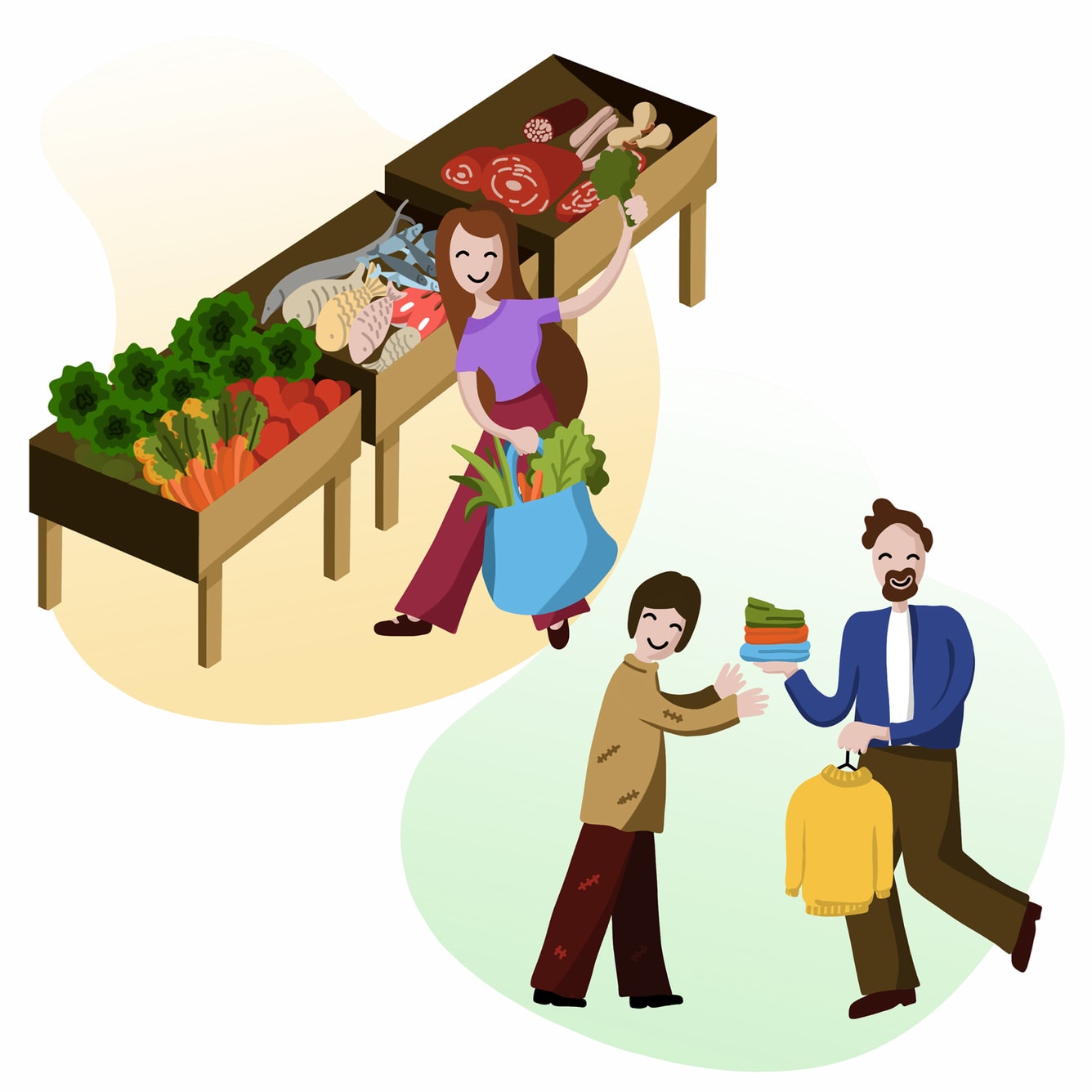
-
Reducing starts in your mind
Now that you’ve taken hand on the flux of gratuitous waste coming into your life, it’s time to reduce at home. Almost everything one does could be done in a more efficient way. Be it while shopping or cleaning, there’s always room to use less resources.
Start by thinking about every item you already have. Somewhere in a cupboard, in a larder or garage there is something you have and do not actually need. Don’t throw it away. Donate everything you can, to try and reduce the needs for more production and to financially support those in need. This goes both for the clothes that you never wear anymore and for that frying pan you don’t really cook with.
This utility ideal must also be applied in every future buy. How many times are you going to use that saltshaker? Do you really need a brand-new phone? If that weren’t on sale, would you really buy that many? Nip all unnecessary buying in the bud.
Of course, there are things you really have to buy – that’s just how it is. But that does not mean you should forget its environmental impact. If you can choose a nice jumper instead of three cheaper and lower quality ones, you’ll be helping the planet. Buy nice or buy twice, as they say. It might be hard at first, but the truth is no one needs to have jumpers or shirts in all the pantone colours. Psst: No one really notices the difference between the salmon and coral gradients.
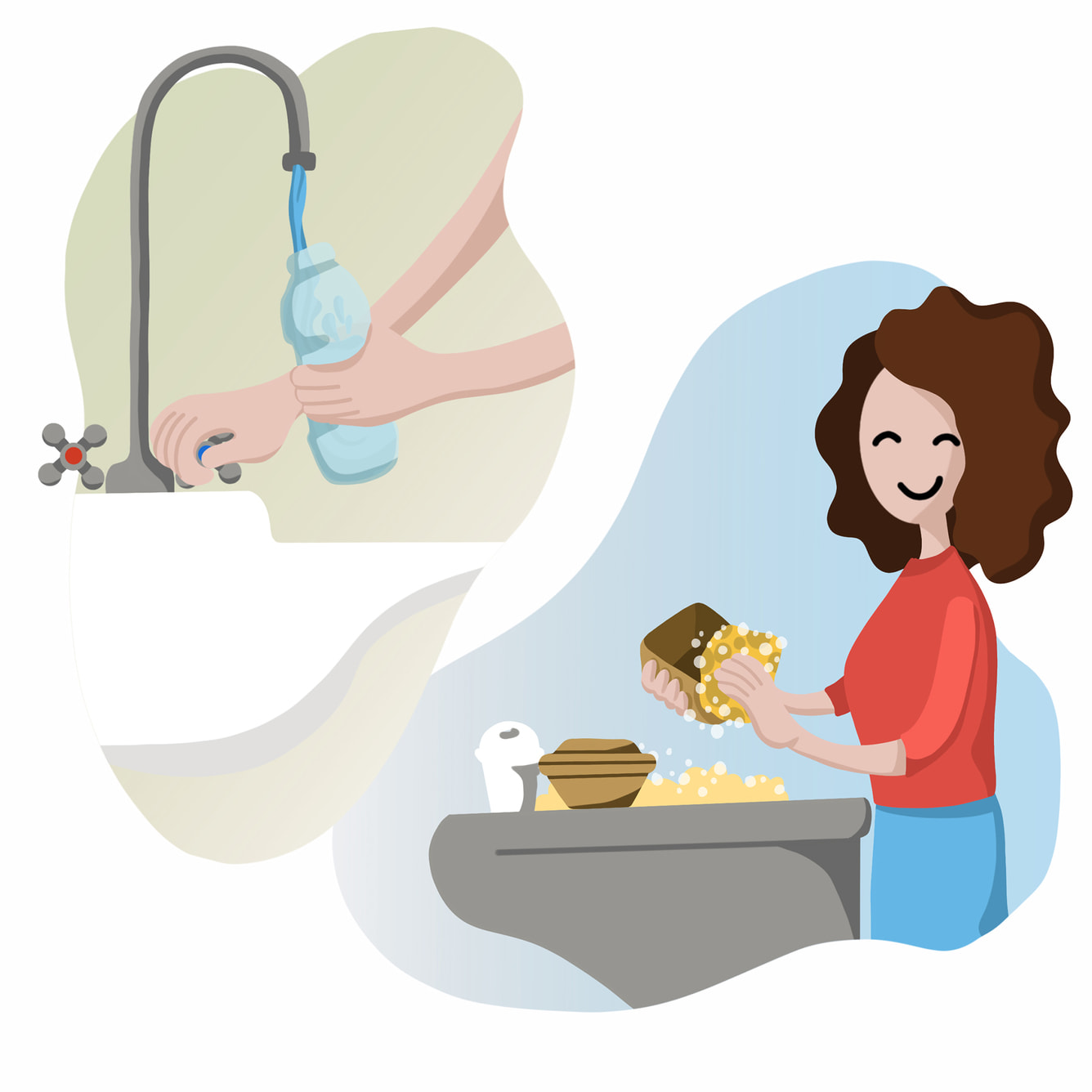
-
Reusing (also) saves money
You’ve refused, you’ve reduced, but the single-use items keep making their way to your home, it’s time to replace them with eco-friendlier alternatives. Use a reusable cup for your coffee. Forget paper napkins and stay away from plastic cutlery. Replace the never-ending bottles of water for an ECO water bottle.
Single-use plastics become more expensive in the long run, but also right away: think about how much you can save if you don’t buy a plastic bag every time you go to the supermarket. Spoiler alert: more than enough to get yourself a reusable compact bag, made of fabric or mesh. Choosing items with a longer lifetime saves you money every day, and spares the environment.
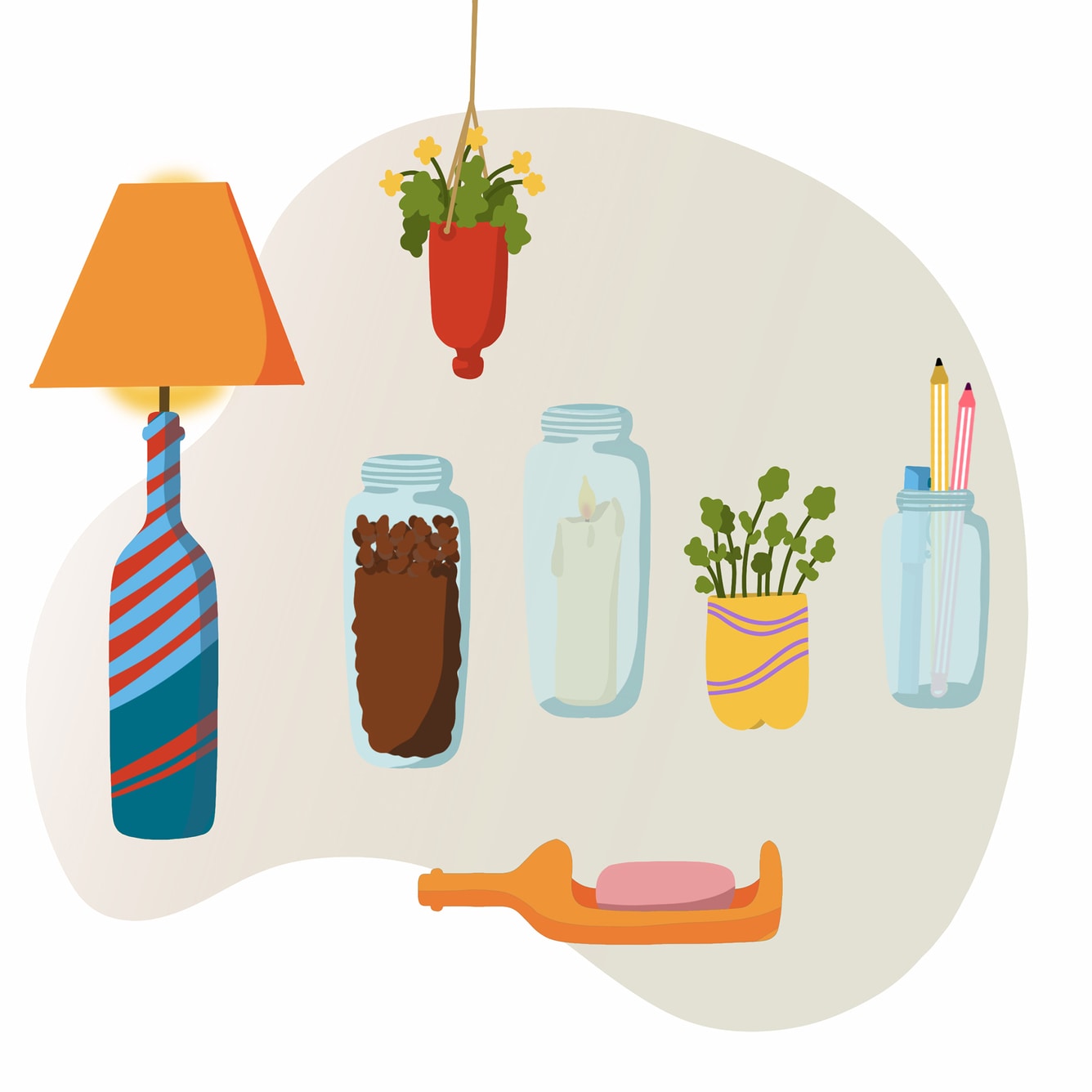
-
Rethinking puts your imagination to work
You’re Refusing. You’re Reducing. You’re Reusing as much as you can. But the jam still comes in a jar, that 50-page report needs reprinting, and those empty card boxes from online shopping have no future in sight.
Well, all of those are the perfect opportunities to get into the creative world of upcycling: every object can indeed have a second life. Glass jars for example, are very versatile. You can use them to store dry beans or granola, to decorate your house as candle holders, or even to hold pens in your home office.
Printed paper makes excellent scrap paper. Cardboard boxes are great for storage. Sunscreen bottles can become small vases in a herb garden.
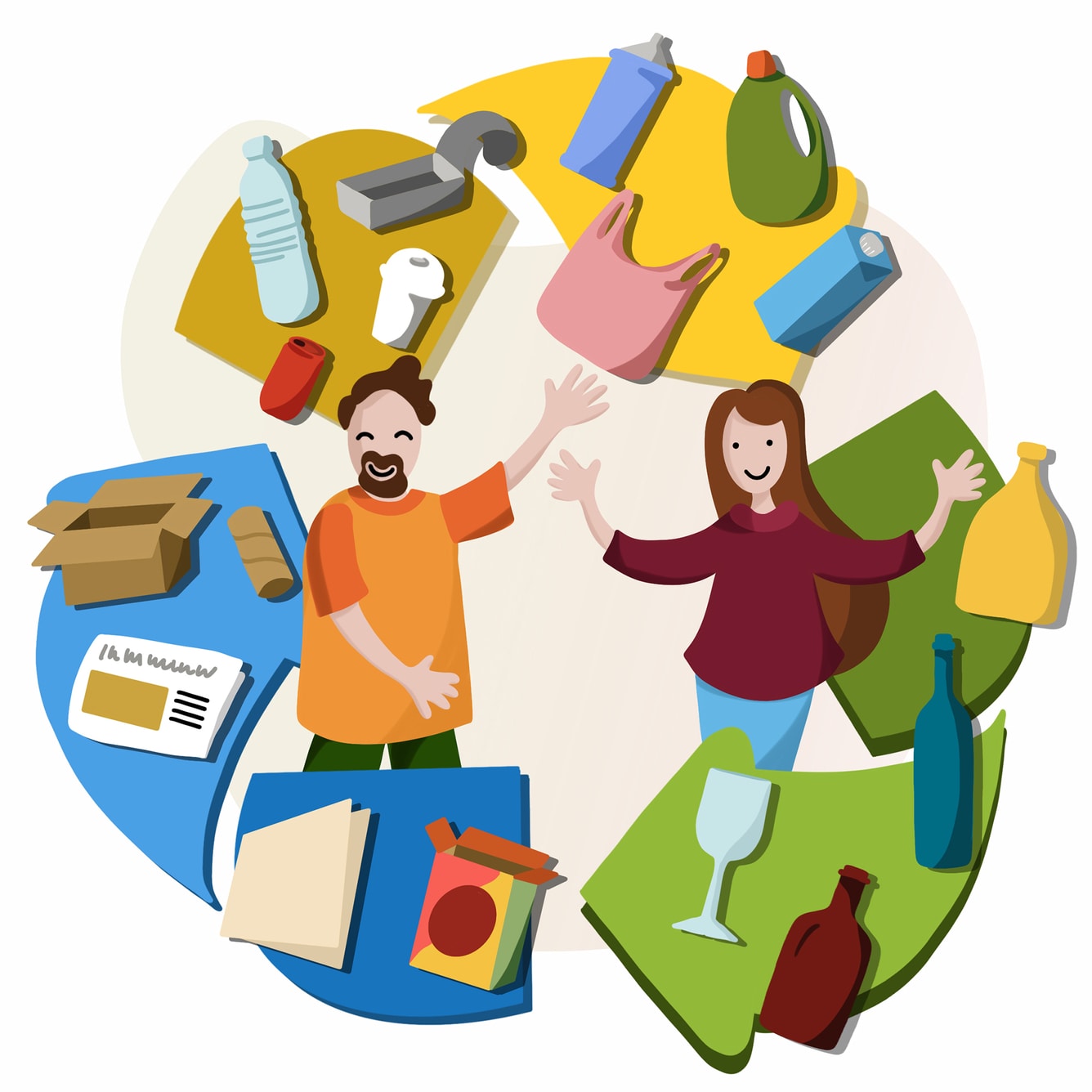
-
Recycling is giving a new life
The left-over rubbish has two fates: recycling or composting. Clean, flatten and recycle plastic packaging. Wash glass containers and sort them correctly. Make sure there are no further purposes for paper and put it in the right bin.
Organic waste needs attention too. The goal is to keep the green bin empty. Use your brown bin as much as you can – remember that cooked or uncooked food, as well as garden waste go here. If there isn’t a brown bin in your kerbside collection, inform yourself about local programmes and initiatives on organic waste collection.
If you prefer to do your own composting, you can get or build a large compost box for your garden or balcony. Simply put, it is a container where your organic waste can rot or decay, in a controlled manner. There are also safe indoor compost bin resources like worms or specific bacteria. The end result is a natural fertilizer for your plants.
